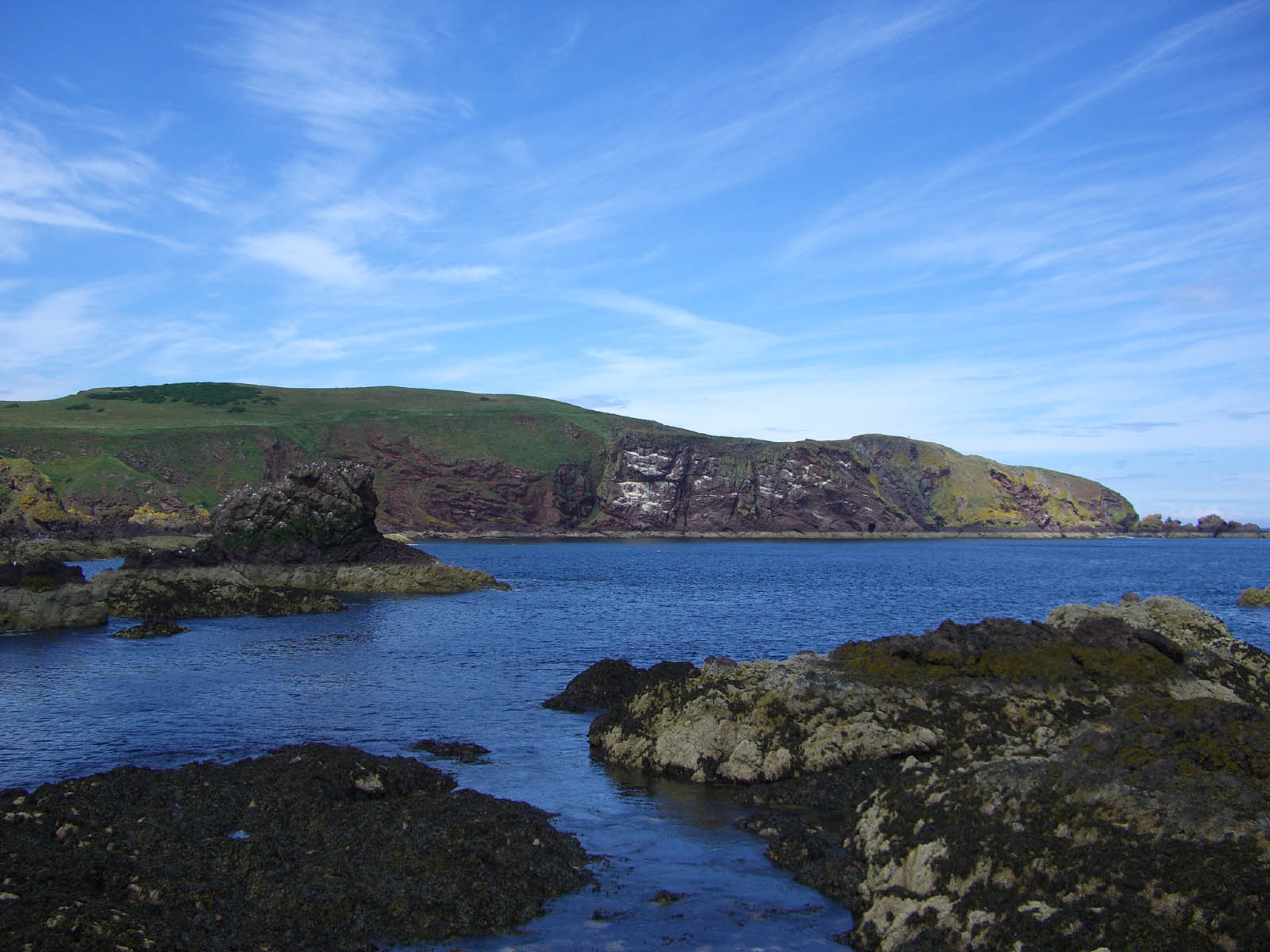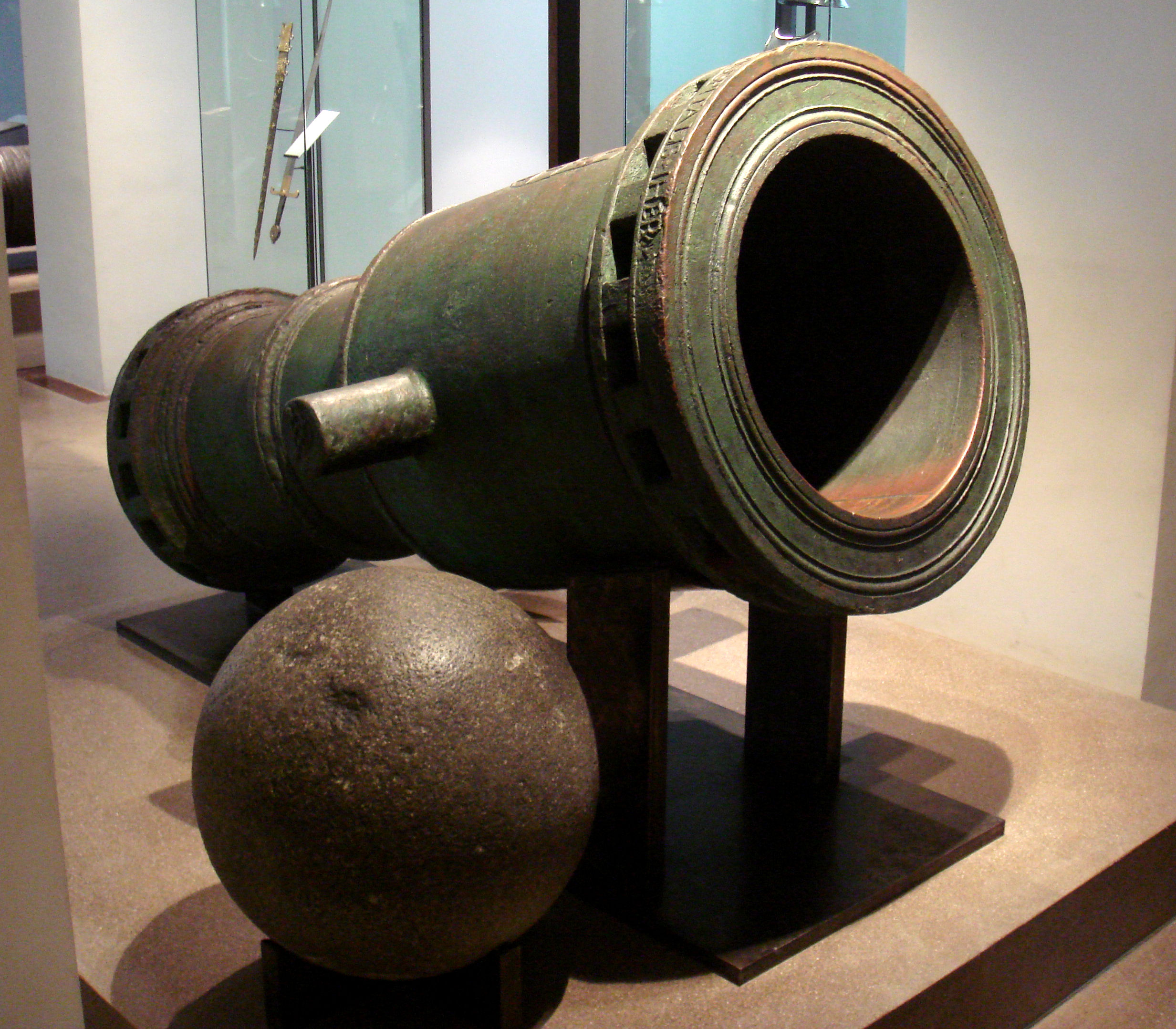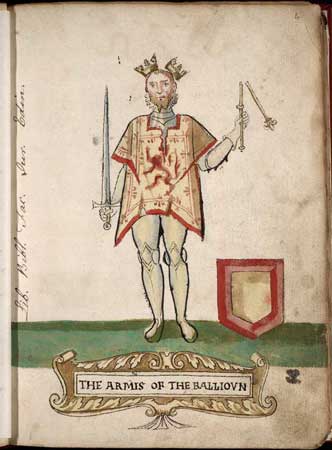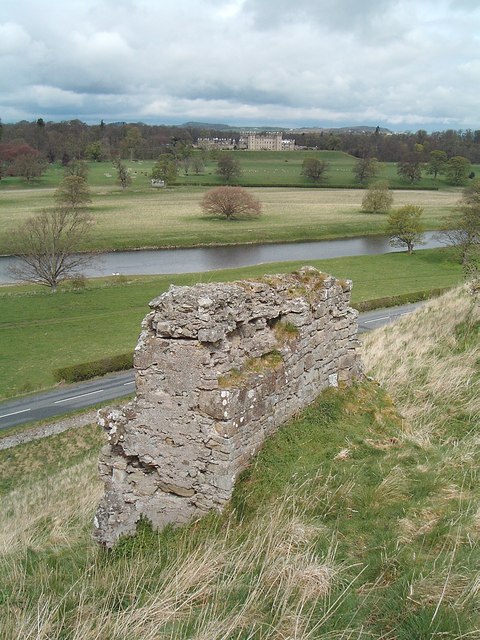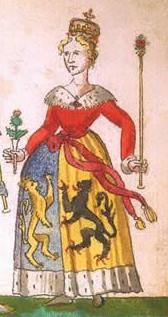|
Hume Castle
Hume Castle is the heavily modified remnants of a late 12th- or early 13th-century castle of enceinte held by the powerful Hume or Home family, Wardens of the Eastern March who became successively the Lords Home and the Earls of Home. The village of Hume is located between Greenlaw and Kelso, two miles north of the village of Stichill, in Berwickshire, Scotland. (OS ref.- NT704413). It is a Scheduled Ancient Monument, recorded as such by Historic Environment Scotland. Standing as it does, on an impressive height above its eponymous ''castleton'', it commands fine prospects across the Merse, with views to the English border at Carter Bar. It had historically been used as a beacon to warn of invasion. Its enormous walls were created in the 18th century but remnants of the central keep and other features can still be seen. History Origins William de Home, son of Sir Patrick de Greenlaw (a younger son of Cospatric I, Earl of Dunbar), acquired the lands of Home in t ... [...More Info...] [...Related Items...] OR: [Wikipedia] [Google] [Baidu] |
Berwickshire
Berwickshire (; ) is a historic county, registration county and lieutenancy area in south-eastern Scotland, on the English border. The county takes its name from Berwick-upon-Tweed, its original county town, which was part of Scotland at the time of the county's formation in the twelfth century, but became part of England in 1482 after several centuries of swapping back and forth between the two kingdoms. After the loss of Berwick, Duns and Greenlaw both served as county town at different periods. Berwickshire County Council existed from 1890 until 1975, when the area became part of the Borders region, with most of the historic county becoming part of the lower-tier Berwickshire district. Berwickshire district was abolished in 1996, when all the districts in the Borders region merged to become the Scottish Borders council area. The low-lying part of Berwickshire between the Tweed and the Lammermuirs is known as "the Merse", from an old Scots word for a floodplain, and ... [...More Info...] [...Related Items...] OR: [Wikipedia] [Google] [Baidu] |
England
England is a Countries of the United Kingdom, country that is part of the United Kingdom. It is located on the island of Great Britain, of which it covers about 62%, and List of islands of England, more than 100 smaller adjacent islands. It shares Anglo-Scottish border, a land border with Scotland to the north and England–Wales border, another land border with Wales to the west, and is otherwise surrounded by the North Sea to the east, the English Channel to the south, the Celtic Sea to the south-west, and the Irish Sea to the west. Continental Europe lies to the south-east, and Ireland to the west. At the 2021 United Kingdom census, 2021 census, the population was 56,490,048. London is both List of urban areas in the United Kingdom, the largest city and the Capital city, capital. The area now called England was first inhabited by modern humans during the Upper Paleolithic. It takes its name from the Angles (tribe), Angles, a Germanic peoples, Germanic tribe who settled du ... [...More Info...] [...Related Items...] OR: [Wikipedia] [Google] [Baidu] |
Alexander Home, 3rd Lord Home
Alexander Home, 3rd Lord Home (died 1516) was a Scottish soldier and nobleman, Chamberlain of Scotland and Warden of the Eastern March. He fought at the Battle of Flodden where his forces defeated the English right wing before the Scottish army was destroyed. After the battle, he resisted the regency of John Stewart, Duke of Albany and was captured and executed for rebellion. Life Home was the son of Alexander Home, 2nd Lord Home, by Nicholace Ker, a daughter of George Ker of Samuelston. His father was Great Chamberlain to James IV of Scotland from 7 October 1488. Alexander succeeded his father as Lord Home, Chamberlain and Warden of the Eastern and Middle Marches in 1506, and was confirmed in these honours by royal charter in February 1510. In 1507 he bought the lands and burgh of Gordon from the Earl of Huntly. In August 1513 Home led 3000 Border horsemen on a raid into England. En route back to Scotland laden with booty, his force was ambushed by William Bulmer of ... [...More Info...] [...Related Items...] OR: [Wikipedia] [Google] [Baidu] |
Cardinal Wolsey
Thomas Wolsey ( ; – 29 November 1530) was an English statesman and Catholic cardinal. When Henry VIII became King of England in 1509, Wolsey became the king's almoner. Wolsey's affairs prospered and by 1514 he had become the controlling figure in virtually all matters of state. He also held important ecclesiastical appointments. These included the Archbishop of York—the second most important role in the English church—and that of papal legate. His appointment as a cardinal by Pope Leo X in 1515 gave him precedence over all other English clergy. The highest political position Wolsey attained was Lord Chancellor, the king's chief adviser (formally, as his successor and disciple Thomas Cromwell was not). In that position, he enjoyed great freedom and was often depicted as the ''alter rex'' ("other king"). After failing to negotiate an annulment of Henry's marriage to Catherine of Aragon, Wolsey fell out of favour and was stripped of his government titles. He retreated to ... [...More Info...] [...Related Items...] OR: [Wikipedia] [Google] [Baidu] |
Dunfermline
Dunfermline (; , ) is a city, parish, and former royal burgh in Fife, Scotland, from the northern shore of the Firth of Forth. Dunfermline was the de facto capital of the Kingdom of Scotland between the 11th and 15th centuries. The earliest known settlements around Dunfermline probably date to the Neolithic period, growing by the Bronze Age. The city was first recorded in the 11th century, with the marriage of Malcolm III of Scotland, and Saint Margaret of Scotland, Saint Margaret at Dunfermline. As List of Scottish consorts, Queen consort, Margaret established a church dedicated to the Trinity, Holy Trinity, which evolved into Dunfermline Abbey under their son David I of Scotland, David I in 1128, and became firmly established as a prosperous royal mausoleum for the Kingdom of Scotland, Scottish Crown. A total of eighteen royals, including seven Kings, were buried here between 1093 and 1420 including Robert the Bruce in 1329. By the 18th century, Dunfermline became a regiona ... [...More Info...] [...Related Items...] OR: [Wikipedia] [Google] [Baidu] |
John Stewart, Duke Of Albany
John Stewart, 2nd Duke of Albany (8 July 1482 – 2 June 1536) was the regent of the Kingdom of Scotland and the count of Auvergne and Lauraguais in France. Early life John was a son of Alexander Stewart, Duke of Albany, son of King James II of Scotland. He was the only son of his father's second marriage, to Anne de la Tour d'Auvergne (d. 1512), Anne de la Tour d'Auvergne, daughter of Bertrand VI of Auvergne. The ambitious though unsuccessful Alexander had fled Scotland to France in 1479, and married Anne. He then returned to Scotland after reconciliation with his brother the king, but in 1483 fled to France a second time, being placed in Scotland under a sentence of death for treason. John was born in France, although it is unclear whether this was during his father's first or second stay there, and grew up there with his French mother. Alexander was killed in Paris accidentally in a tournament in 1485 when John was still an infant. He had earlier been married with Cather ... [...More Info...] [...Related Items...] OR: [Wikipedia] [Google] [Baidu] |
Bombard (weapon)
The bombard is a type of cannon or mortar which was used throughout the Late Middle Ages and the early modern period. Bombards were mainly large calibre, muzzle-loading artillery pieces used during sieges to shoot round stone projectiles at the walls of enemy fortifications, enabling troops to break in. Most bombards were made of iron and used gunpowder to launch the projectiles. There are many examples of bombards, including Mons Meg, the Basilic, the Dardanelles Gun, and the handheld bombard. The weapon provided the name to the Royal Artillery rank of bombardier and the word 'bombardment'. Terminology The term "bombard" was first used to describe guns of any kind from the early to mid-14th century, but it was later applied primarily to large cannons during the 14th to 15th centuries. Despite its strong association with large cannons, there is no standard size for bombards, and the term has been applied to cannons only a meter in length as well as cannons several meters ... [...More Info...] [...Related Items...] OR: [Wikipedia] [Google] [Baidu] |
Wars Of Scottish Independence
The Wars of Scottish Independence were a series of military campaigns fought between the Kingdom of Scotland and the Kingdom of England in the late 13th and 14th centuries. The First War (1296–1328) began with the English invasion of Scotland in 1296 and ended with the signing of the Treaty of Edinburgh–Northampton in 1328. The Second War (1332–1357) began with the English-supported invasion by Edward Balliol and the "Disinherited" in 1332 and ended in 1357 with the signing of the Treaty of Berwick. The wars were part of a great crisis for Scotland, and the period became one of the most defining times in its history. At the end of both wars, Scotland retained its status as an independent state. The wars were important for other reasons, such as the emergence of the longbow as a key weapon in medieval warfare. The First War of Independence: 1296–1328 Background King Alexander III of Scotland died in 1286, leaving his three-year-old granddaughter Margaret, Maid ... [...More Info...] [...Related Items...] OR: [Wikipedia] [Google] [Baidu] |
Roxburgh Castle
Roxburgh Castle is a ruined royal castle that overlooks the junction of the rivers Tweed and Teviot, in the Borders region of Scotland. The town and castle developed into the royal burgh of Roxburgh, which the Scots destroyed along with the castle after capturing it in 1460. Today the ruins stand in the grounds of Floors Castle, the seat of the Duke of Roxburghe, across the river from Kelso. History Tradition states that King David I founded the castle; it is first recorded in c.1128 during his reign. In 1174, it was surrendered to England after the capture of William I at Alnwick, and was often in English hands thereafter. The Scots made many attempts to regain the fortress. King Edward I of England imprisoned Mary Bruce in a cage hung outside the castle from 1306 to 1310. On 19 February 1314, it was retaken by Sir James Douglas (the "Black Douglas"), in a night attack. His men clothed in black cloaks were apparently mistaken for cattle. They then used rope and ... [...More Info...] [...Related Items...] OR: [Wikipedia] [Google] [Baidu] |
James II Of Scotland
James II (16 October 1430 – 3 August 1460) was King of Scots from 1437 until his death in 1460. The eldest surviving son of James I of Scotland, he succeeded to the Scottish throne at the age of six, following the assassination of his father. The first Scottish monarch not to be crowned at Scone, James II's coronation took place at Holyrood Abbey in March 1437. After a reign characterised by struggles to maintain control of his kingdom, he was killed by an exploding cannon at Roxburgh Castle in 1460. Life James was born in Holyrood Abbey. He was the son of King James I and Joan Beaufort. By his first birthday, his only brother, his older twin, Alexander, had died, thus leaving James as heir apparent with the title Duke of Rothesay. On 21 February 1437, James I was assassinated, and the six-year-old James immediately succeeded him as James II. He was crowned in Holyrood Abbey by Abbot Patrick on 25 March 1437. On 3 July 1449, the eighteen-year-old James married t ... [...More Info...] [...Related Items...] OR: [Wikipedia] [Google] [Baidu] |
Patrick I, Earl Of Dunbar
Patrick may refer to: *Patrick (given name), list of people and fictional characters with this name * Patrick (surname), list of people with this name People * Saint Patrick (c. 385–c. 461), Christian saint * Gilla Pátraic (died 1084), Patrick or Patricius, Bishop of Dublin * Patrick, 1st Earl of Salisbury (c. 1122–1168), Anglo-Norman nobleman * Patrick (footballer, born 1983), Brazilian right-back * Patrick (footballer, born 1985), Brazilian striker * Patrick (footballer, born 1992), Brazilian midfielder * Patrick (footballer, born 1994), Brazilian right-back * Patrick (footballer, born May 1998), Brazilian forward * Patrick (footballer, born November 1998), Brazilian attacking midfielder * Patrick (footballer, born 1999), Brazilian defender * Patrick (footballer, born 2000), Brazilian defender * John Byrne (Scottish playwright) (born 1940), also a painter under the pseudonym Patrick * Don Harris (wrestler) (born 1960), American professional wrestler who uses the ring name Pa ... [...More Info...] [...Related Items...] OR: [Wikipedia] [Google] [Baidu] |

